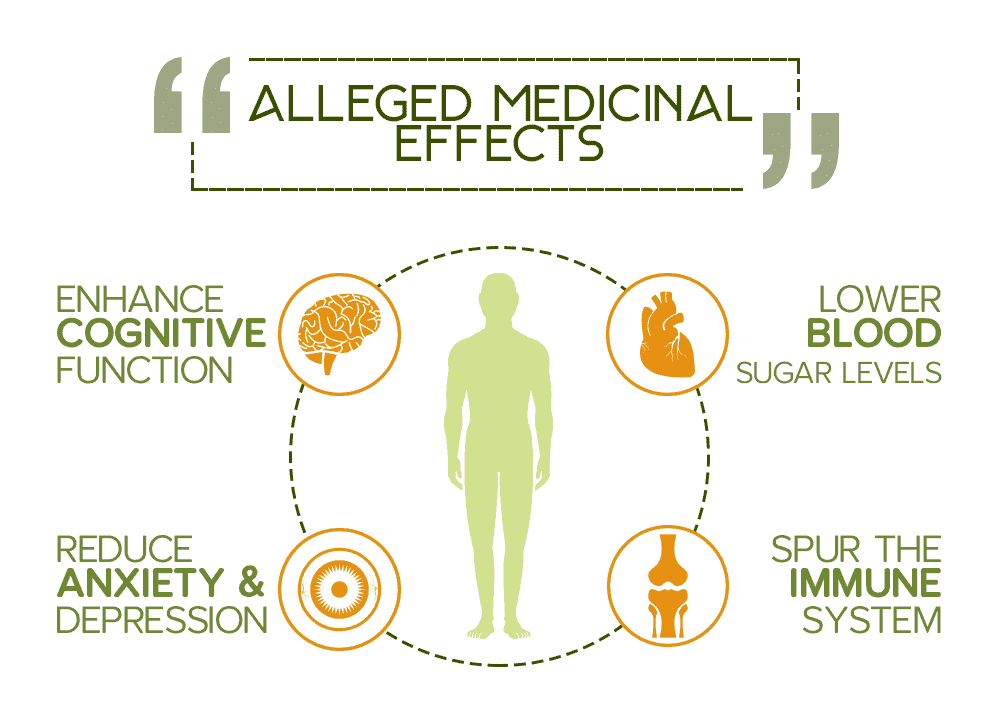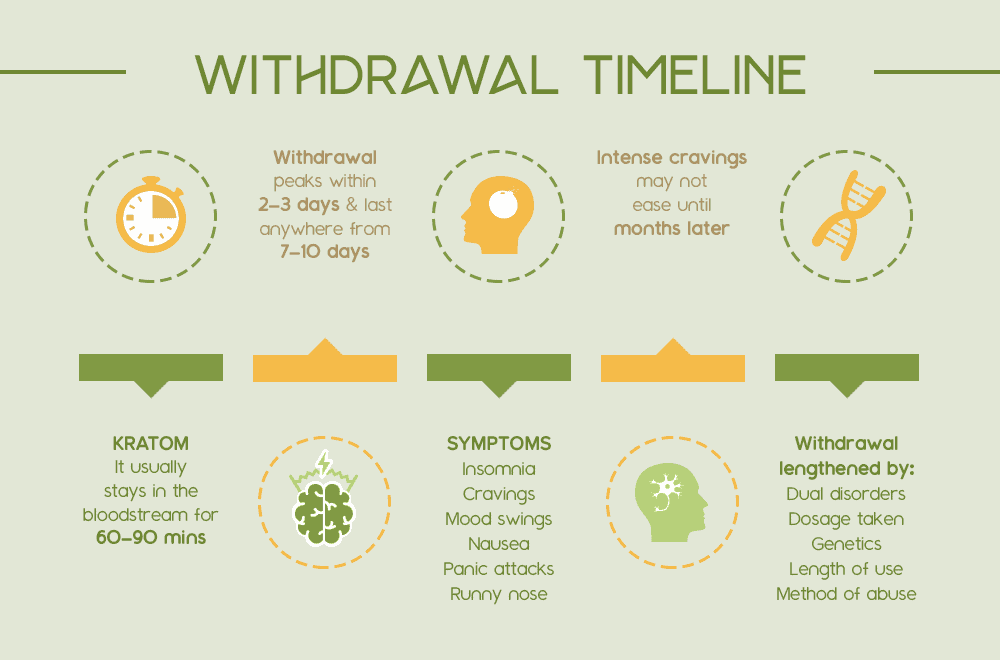Kratom produces a high similar to that of opioids and opiates, and can be incredibly dangerous. If you or someone you love is struggling with a kratom-related problem, seek professional help immediately. Call 888.341.3607 to speak with someone from the caring and compassionate team at Ashwood Recovery about kratom drug misuse and how our substance abuse treatment program can help you or someone you love find a path to recovery from kratom drug addiction.
What Is Kratom?
For years, Asian countries have relied on the medicinal effects of kratom, otherwise known as Mitragyna speciose korth. It is found in places like Malaysia, Thailand, Myanmar, Borneo, the Philippines, and New Guinea.
The leaves contain psychoactive opioid compounds that mimic opioids and opiates. Consuming the leaves can result in medicinal effects, like uplifted moods and pain relief. While kratom is a medicine, it can also become addictive. Long-term use can lead to abuse and dependence.
How Does Kratom Work?
This medicinal plant can allegedly treat many medical conditions and diseases. Some alleged medicinal effects of kratom include its ability to:
- Make the user feel more energized
- Prevent and treat inflammation
- Provide relief from opiate withdrawal symptoms
- Relieve pain
- Treat insomnia and other sleep conditions
Kratom is also thought to have anti-leukemic and anti-malarial properties. While kratom allegedly offers many medical benefits, this plant can cause many scary side effects.
How Kratom Affects the Body and Mind
There are many strains of Mitragynine. Each variety offers unique chemical properties that cause certain medicinal effects. Some of the most popular strains include:
- Bali
- Green Vein Kali
- Maeng Da
- Red Vein Kali
- Ultra Enhanced Indo
- White Vein Kali
For years, kratom has been used to treat pain, social anxiety, and other conditions and disorders. However, this medicinal plant can activate opiate signaling and subsequent pathways in the brain. This is how the Mitragynine plant treats opiate addictions and lessens the intensity of their withdrawal symptoms.
One of the most troublesome aspects of Mitragynine use is that the body can build tolerance. This means that people can develop compulsive drug-seeking behaviors.
Side Effects of Kratom Use
Users are more likely to experience side effects if they take moderate to high doses, which are anywhere from five to 15 grams. Common side effects include:
- Agitation
- Aggression
- Constipation
- Delusions
- Hallucinations
- Hyperpigmentation
- Insomnia
- Nervousness
- Nausea
- Respiratory depression
- Tremors
- Vomiting
Long-term use can also cause additional symptoms, like dry mouth, weight loss, anorexia, and constipation.
If you or someone you love is struggling with a kratom-related problem, you may be taken to a medical center if unwanted addiction symptoms interrupt daily life. Even if no one else knows that you take kratom, there are specialized drug tests and kits that can detect kratom use.
Kratom Addiction Withdrawal Symptoms
Some of the more common withdrawal symptoms include:
- Diarrhea
- High blood pressure
- Insomnia and sleep troubles
- Intense cravings
- Irritability
- Muscle and joint pain
- Nausea and vomiting
- Profuse sweating
- Runny noses
Symptoms can be so intense that they cause relapses. Many people who are addicted to kratom will want to seek professional help to deal with the symptoms.
Kratom Overdose
While there hasn’t been a single death caused by kratom use, high doses can result in an overdose. The effects can kick in pretty quickly after the plant is ingested and can last for hours. Common overdose symptoms include:
- Delusions
- Lethargy
- Respiratory depression
- Tremors
If you or anyone you know is possibly dealing with a kratom overdose, please contact emergency services.
Kratom Withdrawal Timeline
Kratom will usually linger in the bloodstream for anywhere from 60 to 90 minutes. The withdrawal symptoms often peak within two to three days. This timeline is quite similar to the timeline for opioid and opiate withdrawals. Most withdrawal symptoms will only last anywhere from seven to 10 days.
Since stress can worsen withdrawal symptoms, many experts recommend a residential addiction treatment program when withdrawing from the drug. Residential treatment programs can offer serene and relaxed environments.
Find a Substance Abuse Treatment Program in Idaho at Ashwood Recovery
Contact Ashwood Recovery today at 888.341.3607 to learn more about kratom drug misuse and our kratom drug addiction treatment program.







